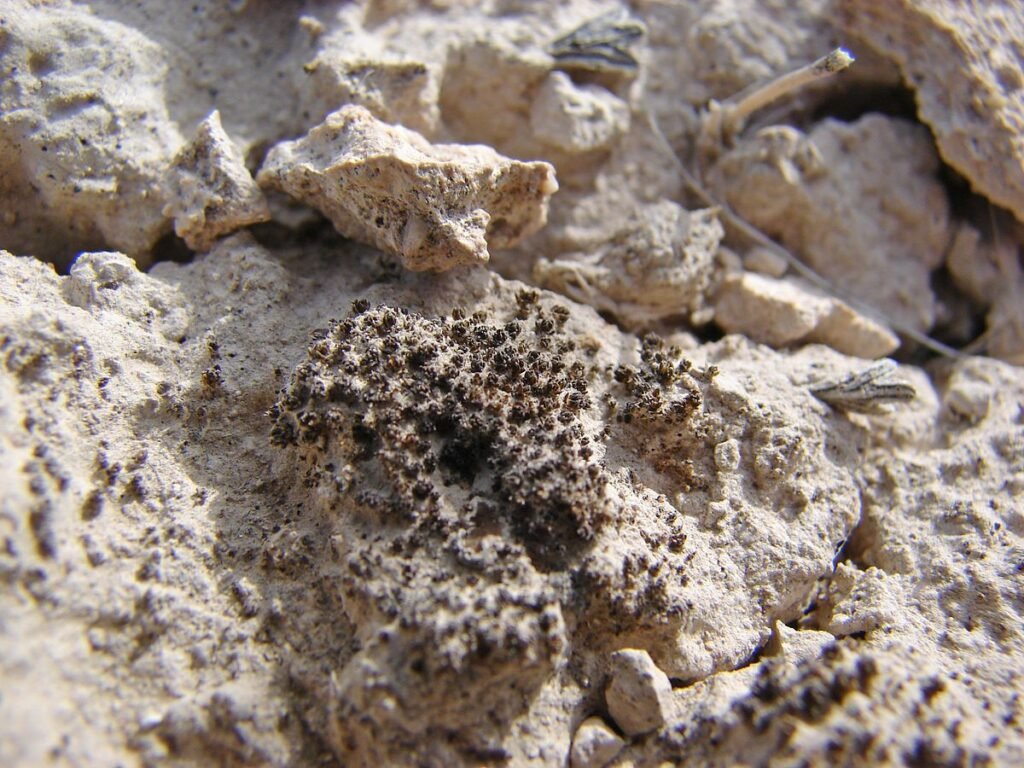In the quest to explore the potential for human colonization of Mars, scientists have turned their attention to an unexpected hero: a humble desert moss known as Syntrichia caninervis. Found in some of Earth’s harshest environments, including Antarctica and the Mojave desert, this unassuming moss has demonstrated remarkable resilience under conditions akin to those found on the Red Planet.
Surviving Mars-Like Conditions
Recent research conducted by scientists in China has highlighted the moss’s extraordinary ability to withstand extreme stressors similar to those on Mars. The study, published in the journal The Innovation, revealed that Syntrichia caninervis could endure prolonged exposure to conditions such as:
- High Radiation: The moss survived exposure to gamma rays, with some doses even prompting new growth.
- Extreme Cold: It remained viable after spending up to five years at temperatures as low as -80°C and up to 30 days at an astonishing -196°C.
- Dehydration: In spite of near-complete lack of hydration, the greenery was able to quickly recuperate and recover beneath typical development conditions.

Potential for Colonization and Adaptation
The implications of these findings extend beyond mere survival. Researchers envision that this extremotolerant moss could play a pivotal role in establishing sustainable life-support systems on Mars. Unlike the fictional portrayal of Matt Damon’s character cultivating potatoes in The Martian, the real-world application of Syntrichia caninervis involves using it to enrich Martian soil and potentially pave the way for more complex plant life.
Researchers and Their Insights
The study was spearheaded by scientists from China, who conducted rigorous experiments to simulate Martian conditions in controlled environments. While acknowledging the moss’s impressive survival skills, experts caution that the study’s short-term experiments on Earth cannot fully replicate the complexities of Mars. Key researchers involved include:
- Dr. Agata Zupanska: An Analyst at the SETI Institute, Dr. Zupanska highlighted the moss’s potential role in transforming Martian soil to support plant growth, albeit acknowledging practical limitations.
- Prof. Stuart McDaniel: A moss expert from the University of Florida, Prof. McDaniel emphasized the significance of desert moss in converting carbon dioxide into oxygen, crucial for sustaining human life in space.
- Prof. Edward Guinan: From Villanova University, Prof. Guinan expressed optimism about the moss’s potential as a pioneer plant for Mars colonization, underscoring the need for further research and technological advancements.
Challenges and Future Directions
Despite these promising findings, significant challenges remain. The study’s controlled experiments did not test the moss’s ability to reproduce or proliferate under true Martian conditions, nor did they explore its long-term viability as an oxygen source. Moreover, the practicalities of transporting and establishing moss on Mars, where temperatures rarely rise above freezing, present formidable obstacles.
In conclusion, while Syntrichia caninervis offers hope for future Mars missions, its journey from Earth to Mars colonization is fraught with scientific and logistical hurdles. Continued research and innovation will be essential to unlock the full potential of this desert moss and pave the way for human exploration and habitation beyond our home planet.


